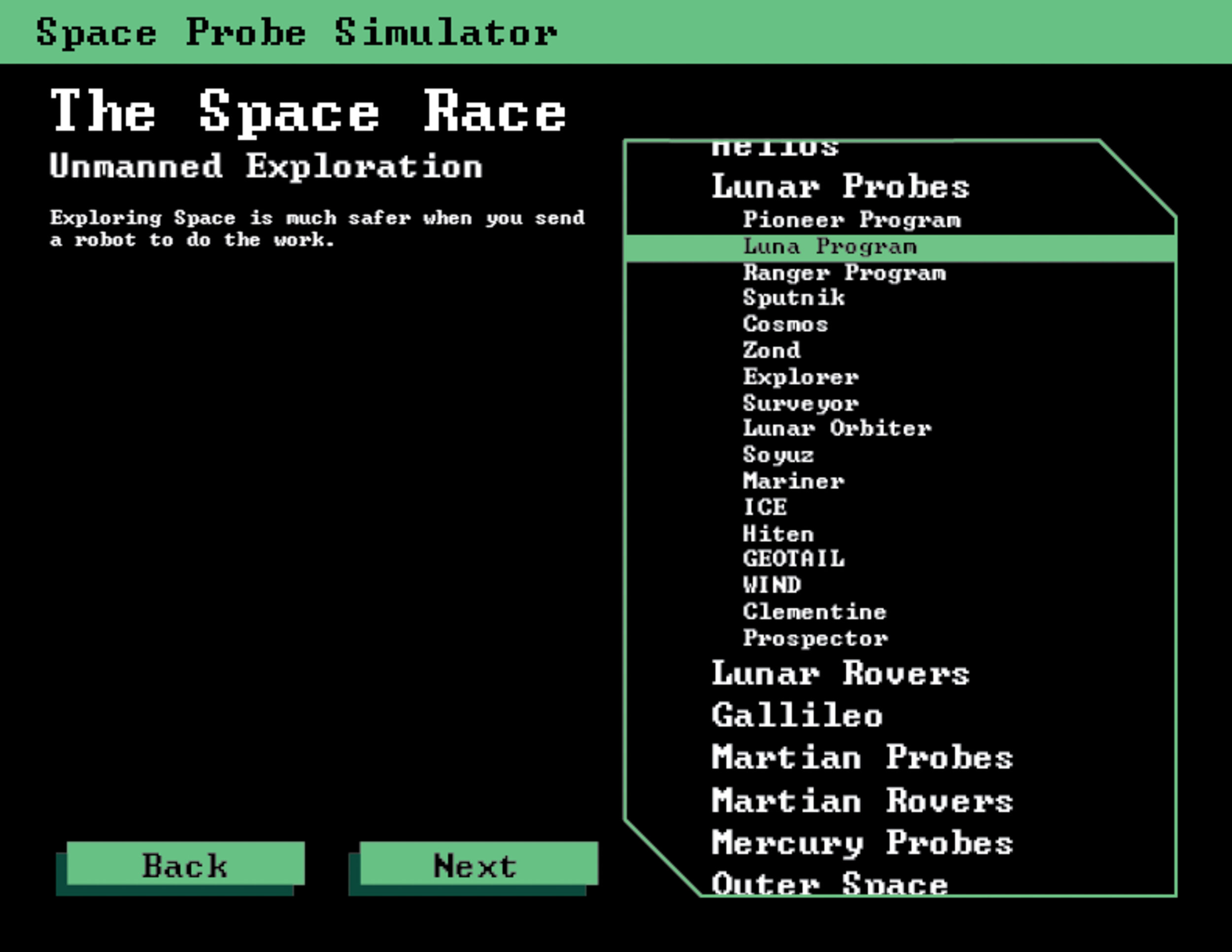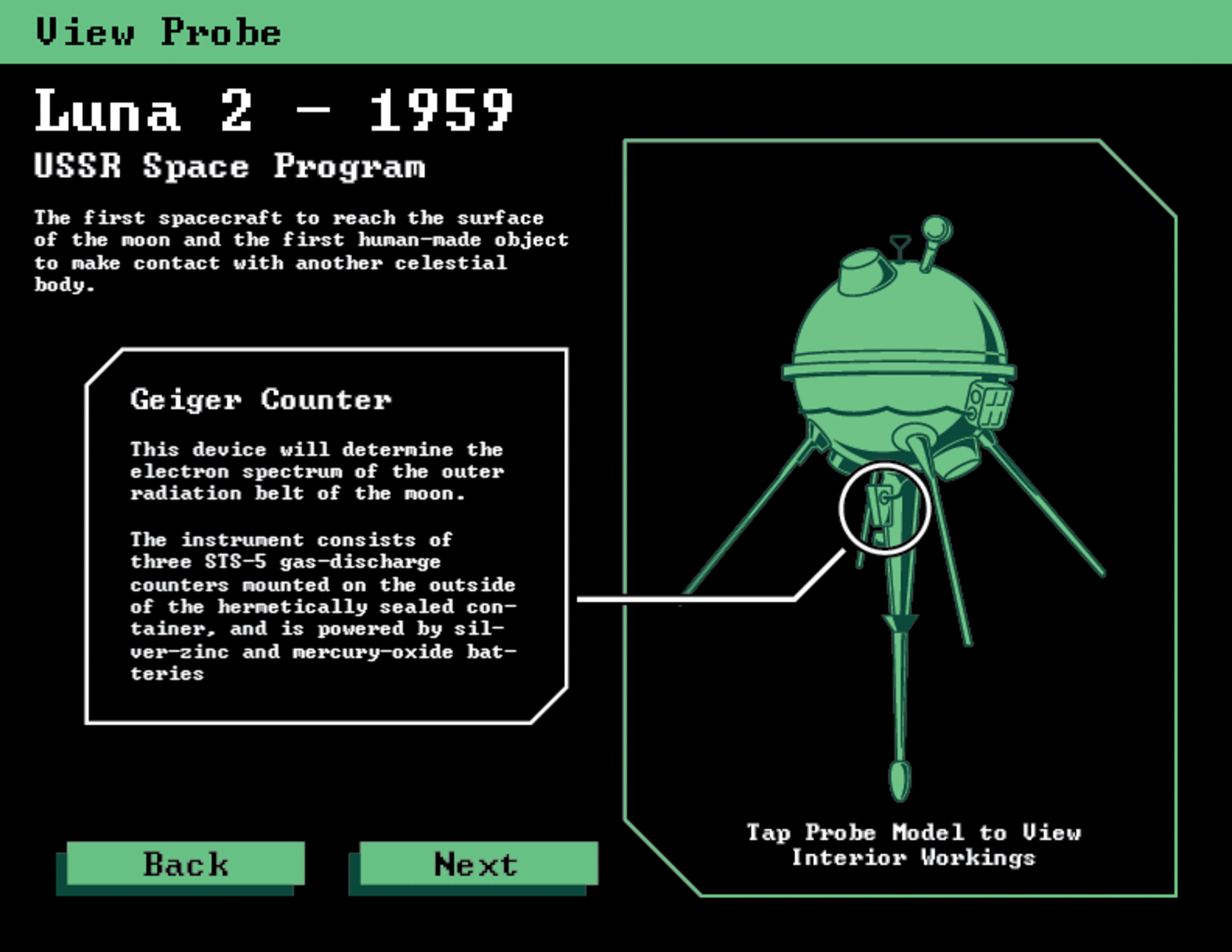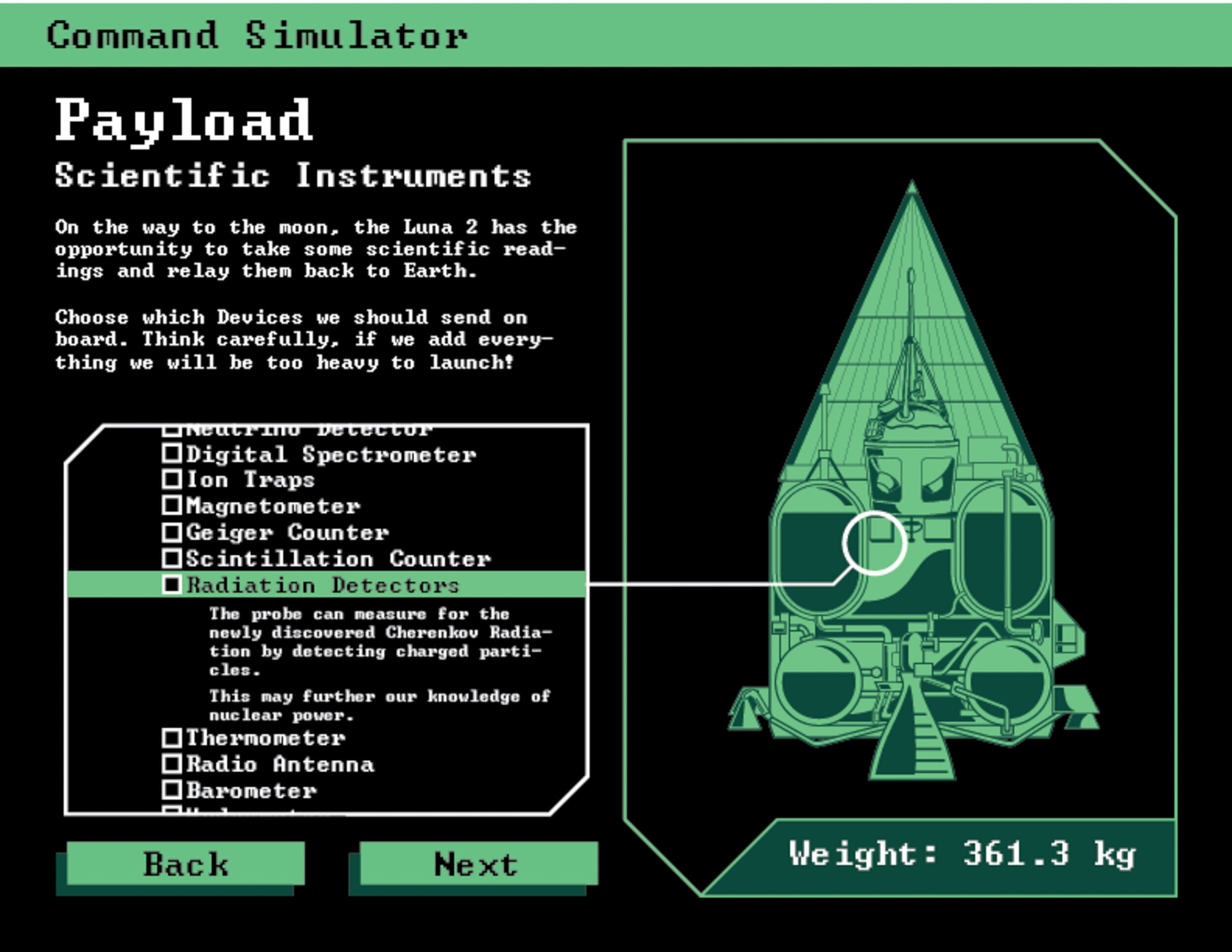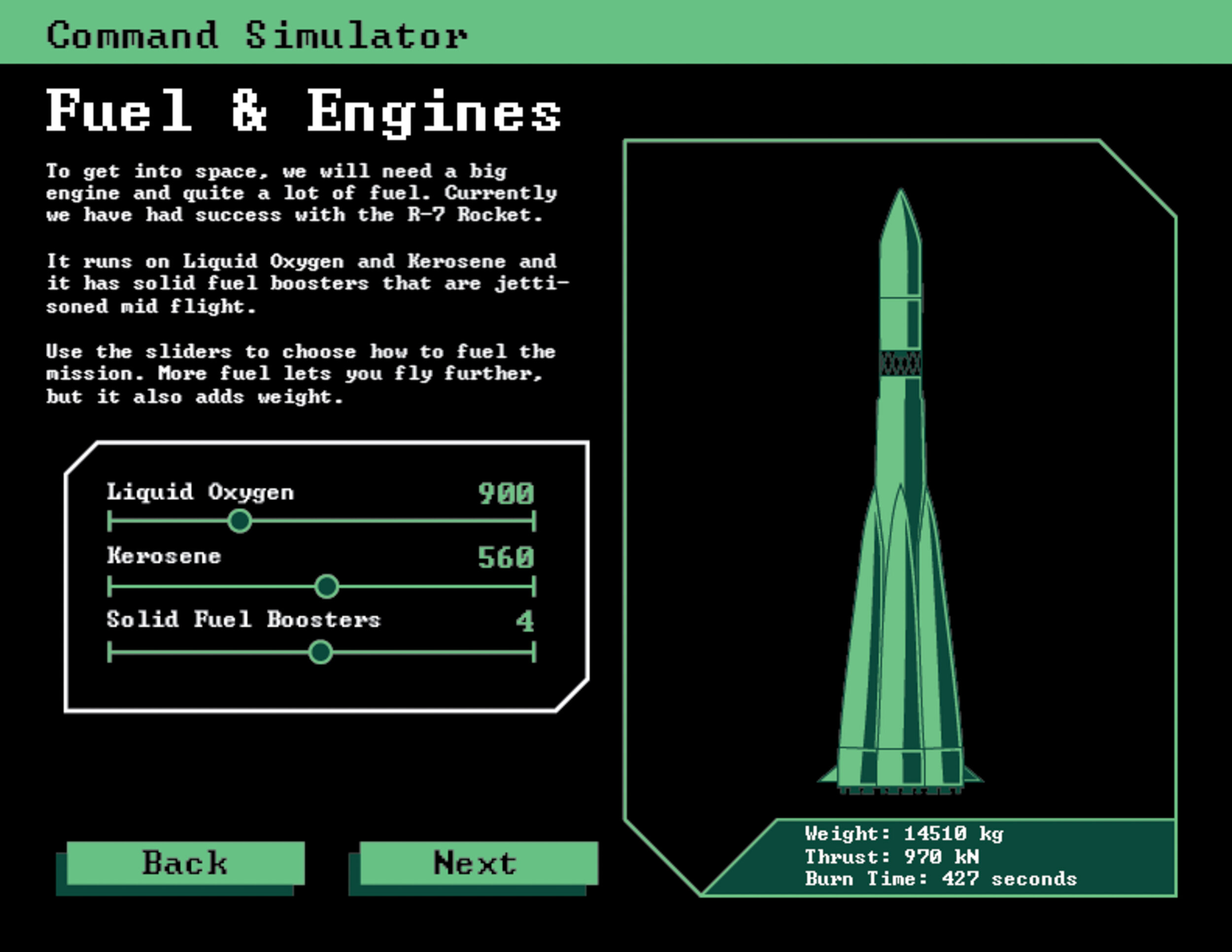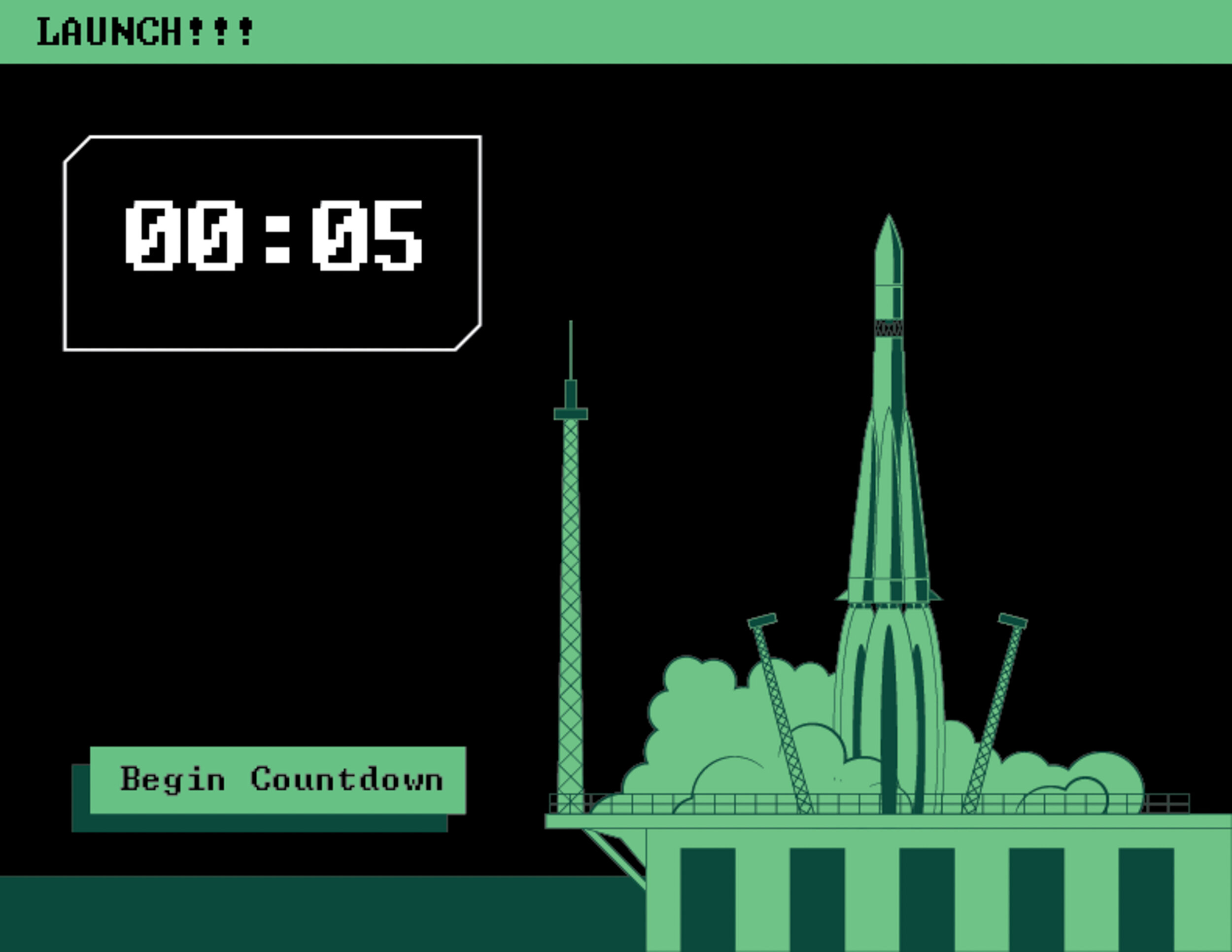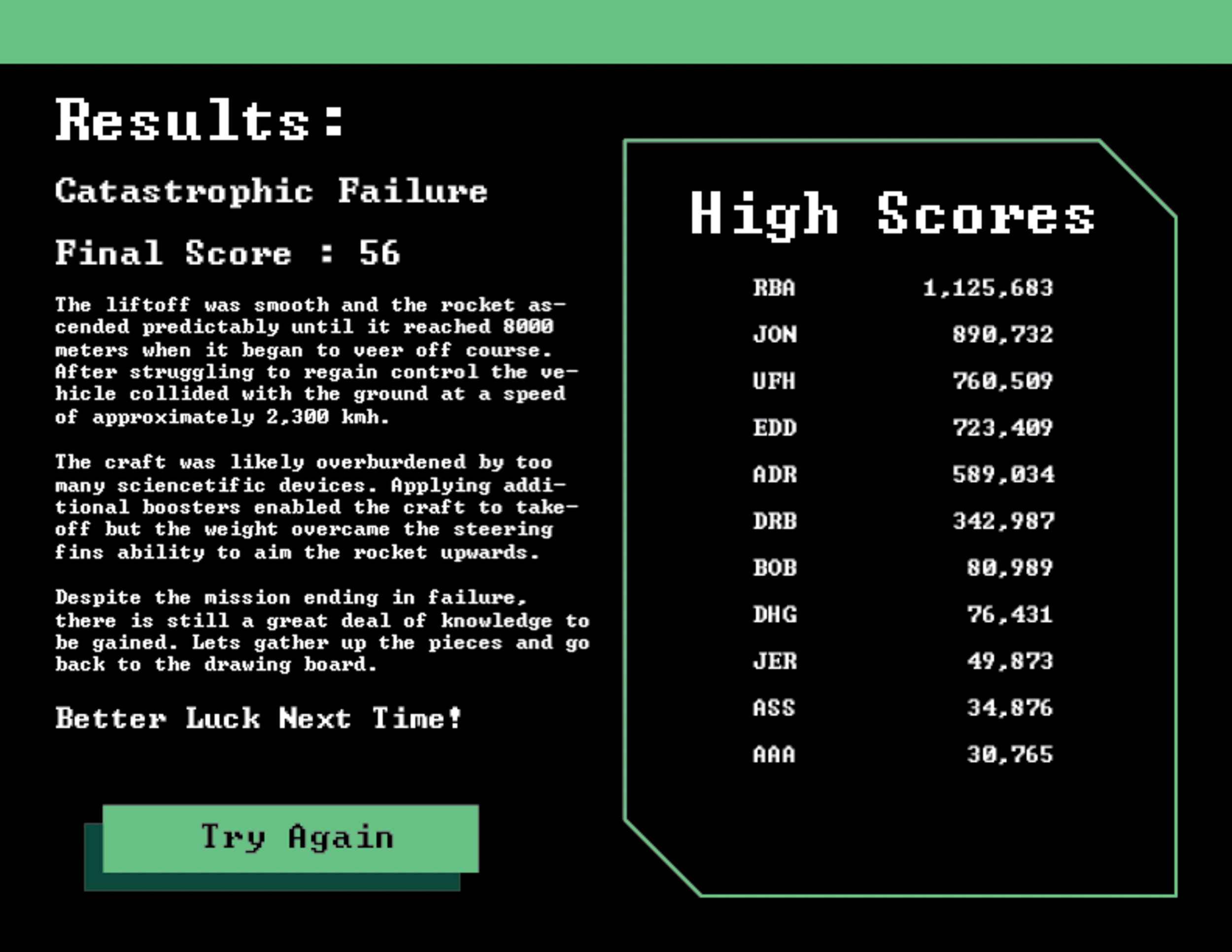Interactive Museum Exhibit
Idea Proposal
Luna 2 – A Russian Space Probe
Launched in 1959, the probe managed to land on Earth’s Moon and gather real science from a small collection of measurement devices. It was the first man-made object to land on another planet. The probe was a classic example of the golden age of space travel, featuring a spherical metal main section dotted with rivets which was trailed by a number of proboscis-like antennae. To add to its Space-Race aesthetic, the probe also featured a sphere made up of an array of pentagonal metal emblems of the Soviet Union. The sphere held a small explosive and was designed to detonate and send the tiny emblems flying in all directions, thus declaring Mother Russia to be the first nation on the moon.
The exhibit would feature a 3D model of the probe itself that can be rotated and examined. It would allow the user to remove panels and view the 1960s era technology inside. Panning backwards, the user could see the path the probe took to arrive at the moon. Information panels will feature expandable stock photos of scientists and engineers working on aspects of the mission.
Strategic Brief
Background
The Smithsonian National Air and Space Museum in Washington D.C. It features many exhibits over the history of flight and space travel.
Objectives
The museum’s purpose is to educate the public about the engineering achievements in the world of flight. Their intentions are to encourage interest in science and engineering. This specific exhibit will demonstrate the challenges faced by early space exploration. It will allow users to adjust factors such as launch time or weight and see how they can affect a space probe mission.
Target Audience
The museum attracts guests of all ages, but it is particularly interesting to middle school aged children. The 9-14-year-old museum goer is sophisticated enough to understand some more challenging subjects such as physics and chemistry. The primary target are children of this age who are accustomed to belittlement by kid-focussed interfaces. They are appropriately educated for their age. Some are much more studious than others, but all share a desire to play around. They are students who are able to visit the museum in the national Capitol, so their econographics trend towards the middle-high side. They are likely very familiar with touchscreen interfaces. They are motivated to figure out puzzles and games and to explore and discover options. They will interact with this interface partly because it looks a bit like a video game. There will be some simple decisions made that result in an action displayed on screen. This action could potentially be disastrous, ending in an explosion which is always exciting for kids.
Technical considerations
The screen is comparable in size to a classic CRT monitor. The design aesthetic is mid-century retro, and while the screen is a modern touch interface, it could also be arranged with a curved bezel to enhance the 1960s feeling.
The screen will be set into a desk that could accommodate a chair but does not have to. The height of the screen would be appropriate for a standing pre-teen child, but also allow for wheelchair-bound visitors to easily interact with it. A grown adult would bend over a bit as if approaching a computer on a desk while standing. It would not be perfectly sized for an adult, but the typical usage would last only two or three minutes. An adult would be unlikely to spend as much time with the screen as a 11-year-old.
Creative considerations
The exhibit exists as a touchscreen monitor mounted into a 1960s style enclosure to reflect the era in which the probe was launched. The interactive monitor will be set in front of a clear glass display containing a model of the space probe itself. The colour and shape of the exhibit will match the design of an aerospace control room of the 1960s. When not in use, the screen will display a slideshow of stock images from the mission.
The exhibit as a whole is in a darkened area of the museum. Its dark walls and carpets help remind the user of the blackness of space. A large screen on the wall shows a map of Earth and the paths of many orbiting satellites. This mirrors the feeling of being inside a control room. The large map screen might change to match the various eras of space travel. This specific exhibit might use the large map to highlight the probe’s activity while a user interacts with the main interface.
Rationale
Space exploration can be an exciting topic, although much of the focus is placed upon the astronauts. While they certainly represent the best aspects of humanity, they tend to overshadow the multitude of engineers and scientists who work behind the scenes in un-glamorous offices crunching numbers. Currently, we live in an era which appreciates programming skills and the importance of the STEM field has never been greater. A computer is something we are now completely familiar with.
This exhibit puts on display the workstations from the early days of NASA. In order to complete the retro experience, the interactive screens are all rendered in blocky text and primarily green graphics on black backgrounds. This is meant to hearken back to the original computer monitor aesthetic. The design is, of course, rendered using the most modern 3d animation software, which allows for touchscreen-activated interactions of the spacecraft models. When not in motion, the images appear as if they are line-art diagrams. When users use pinch and drag actions, the models pan and rotate to allow the user to explore all angles and parts.
The interaction as a whole subtly ties together three eras of computer interface, which further serves to highlight the rudimentary nature of the original NASA missions. The console exterior is from the 1960s. The screen interaction is clearly referencing the same era, although they are a bit anachronistic as no computers in the ‘60s had fully rendered images like these. The graphical design is actually intended to match the look and feel of the early computer games of the 1980s. To people born in the 2000s, the ‘80s and ‘60s probably look rather similar. The major difference is the inclusion of the touchscreen. Most children are likely aware that old computers used buttons and monochrome screens. The result is a physical demonstration of three distinct eras of computer interaction and advancement.
All of this combined with the specific goal of space exploration creates a memorable interactive exhibit for multiple generations. Older visitors will enjoy actually touching a piece of history from the broadcasts of their youth. Middle aged visitors will appreciate the ‘80s aesthetic and nostalgic appeal of the pre-internet age. Even the youngest, least patient visitors can enjoy clicking buttons and throwing switches that light up.

